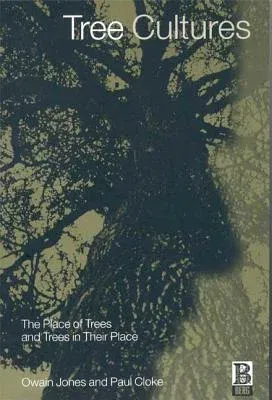The relationship between nature and culture has become a popular focus
in social science, but there have been few grounded accounts of trees.
Providing shelter, fuel, food and tools, trees have played a vital role
in human life from the earliest times, but their role in symbolic
expression has been largely overlooked. For example, trees are often
used to express nationalistic feelings. Germans drew heavily on tree and
forest imagery in nation-building, and the idea of 'hearts of oak' has
been central to concepts of English identity. Classic scenes of ghoulish
trees coming to life and forests closing in on unsuspecting passers-by
commonly feature in the media. In other instances, trees are used to
represent paradisical landscapes and symbolize the ideologies of
conservation and concern for nature. Offering new theoretical ideas,
this book looks at trees as agents that co-constitute places and
cultures in relationship with human agency. What happens when trees
connect with human labour, technology, retail and consumption systems?
What are the ethical dimensions of these connections? The authors
discuss how trees can affect and even define notions of place, and the
ways that particular places are recognized culturally. Working trees,
companion trees, wild trees and collected or conserved trees are
considered in relation to the dynamic politics of conservation and
development that affect the values given to trees in the contemporary
world. Building on the growing field of landscape study, this book
offers rich insights into the symbolic and practical roles of trees. It
will be vital reading for anyone interested in the anthropology of
landscape, forestry, conservation and development, and for those
concerned with the social science of nature.

